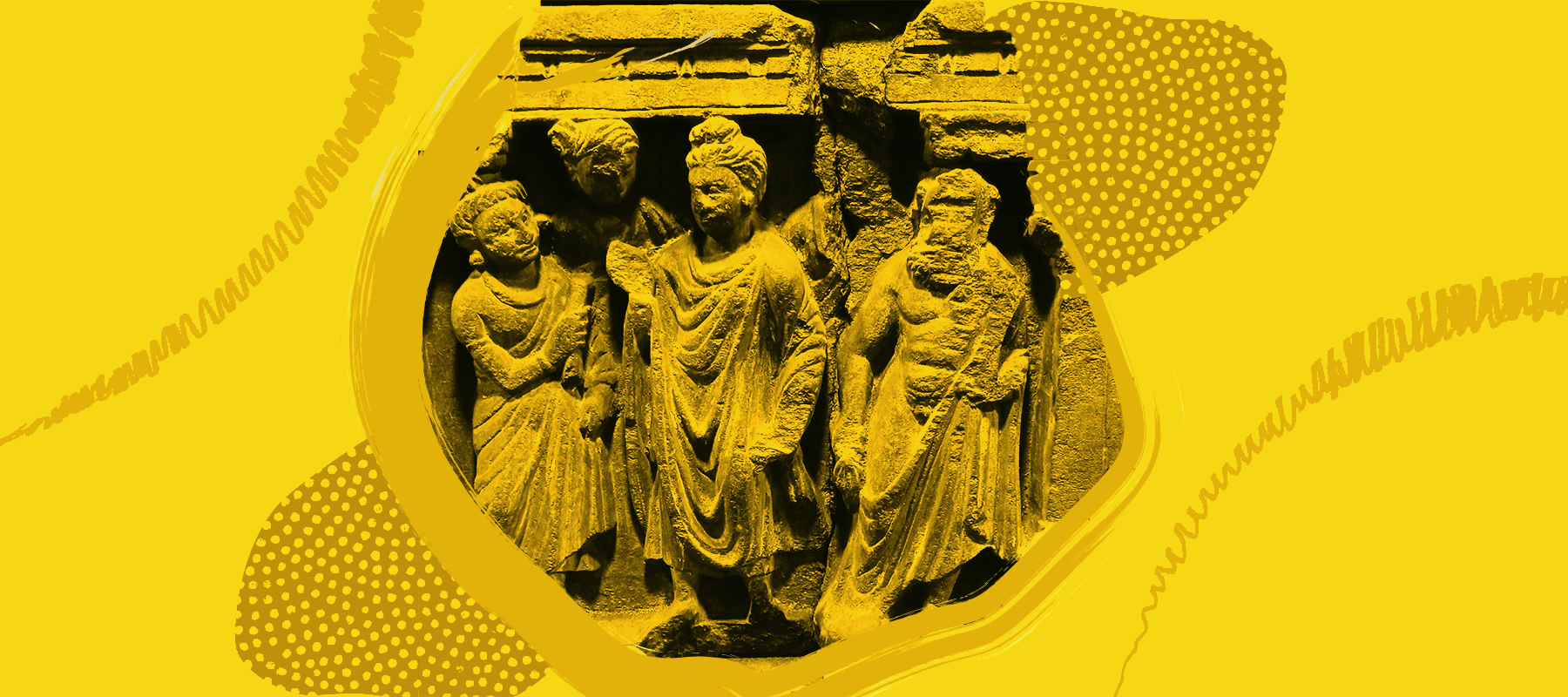The archaeological site of Kaushambi occupies a very prominent place in the history of ancient India. Located on the bank of the Yamuna River, about 56 km southwest of its confluence with the Ganges at Prayagraj, this settlement finds detailed references in the Mahabharata, the Puranas, Buddhist texts, and also foreign records of Chinese travelers. According to historical accounts, Kaushambi was founded by Nicakshu, a descendant of the Pandavas, who came here when Hastinapur, their former capital, was flooded by the Ganga.
The site was the capital of the Vatsa kingdom, one of the sixteen mahajanapadas (kingdoms) of pre-Mauryan India, before becoming a major commercial hub. The site (especially the Ghoshitarama monastic complex) is believed to have been visited by Gautama Buddha, the founder of Buddhism, around 2500 years ago. The great Mauryan emperor Ashoka had stone pillars erected here (around 2300 years ago) with inscriptions, indicating that this site was a regional center of trade, commerce, and polity. Today, one of the pillars still stand at the site while the other one is now placed inside the Allahabad Fort.
The excavated findings from this site are now exhibited at the Allahabad Museum, Prayagraj. The ruins of the site occupy a very large area, with the whole landscape dotted with ancient pottery shards, antiquities, and building structures.
Come! Join us for a heritage walk around this ancient settlement.




